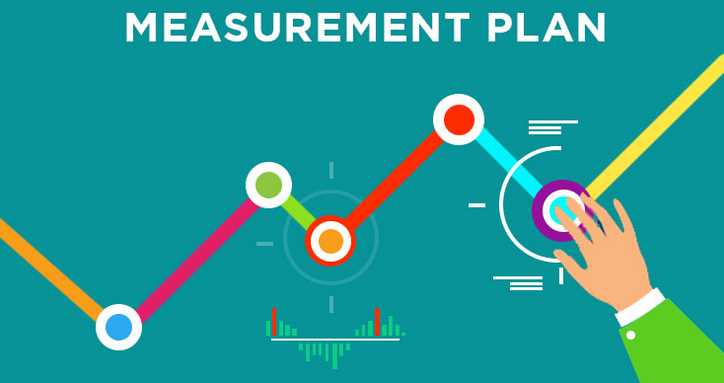Analytics has become increasingly important in recent years, thanks to new tools and data sources. These have helped businesses to improve operations, reduce costs and increase profits. But too often, companies can get overwhelmed with all the new possibilities and fail to implement an analytics strategy that focuses on solving their biggest problems.
So, why do you need analytics measurement plans? Measurement is the heart and soul of analytics. You can’t manage what you don’t measure. ABB instrumentation encompasses essential tools engineers use to collect data or make measurements. You can effectively use an instrument if you thoroughly understand its options, uses, and capabilities.
The measurement plan is the step-by-step process with which you determine what you want to achieve, how you will achieve it, and how you will interpret the outcome. The right plan will ensure that you take advantage of every quantitative opportunity, and, here’s how to create your measurement plan;
- Create A Plan That Outlines Your Goals
When creating analytics measurement plans for instrumentation, it’s essential to ensure that each goal connects to a measurable action; this is a strategic process that can make all the difference in ensuring that your analytics program provides the information you need.
A measurement plan is an organized way to define and document the key metrics you want to track in your analytics implementation. It describes the data you will collect and how you will use it. A good measurement plan will ensure that you follow the correct data to answer your questions, make important decisions, and provide actionable insights.
- Decide On The Metrics That Measure Your Success
To determine what to track, identify the objectives of your plan and how they relate to your goals. Then decide which metrics will help you evaluate these objectives. Understand the difference between vanity metrics and actionable metrics. Then, implement the right measurement tools in your dashboard to improve your performance.
- Identify The Important Variables To Track And Update
Many people think of metrics as a battle between different tactics, channels, and messaging. But often, that’s the wrong way to look at it. The better approach is to think about systems that work together to drive traffic and actions toward your goals.
This system’s core is two kinds of metrics: vanity metrics and actionable metrics. Vanity metrics are figures that seem fine in print but don’t offer anything in regard to the industry. Actionable metrics are numbers you can use to change your strategy and improve your results.
- Precisely Understand Your Measurement Data
One of the most critical parts of A/B testing is understanding the data you get back. It’s not as simple as just looking at the conversion rate. To be analytic means to be able to draw conclusions based on evidence. You need to have a keen eye for detail and an ability to make intelligent links between different data points.
The more data you collect, the more complicated things can get. It’s easy to get overwhelmed and lose sight of essential information when dealing with many numbers instead of individual variables. Therefore, understand that analytics systematically collects data properly and asks the right questions. Stick to the initial goals while at this stage.
- Interpret The Analytics
Once you have data and information, you need to make sense of it. Interpretation is the process of assigning meaning to things. It’s at the heart of human knowledge and understanding, but it’s also inherently flawed because you may only see the results through your own biases and experiences. You need a plan that walks stakeholders through an accurate interpretation of each metric so they understand what they should be looking for and how it affects their bottom line.
The planning should be elaborate and precise for interested parties to understand its relation to your organization’s goals. Of course, this is easier said than done; there are many moving parts in any successful analytics implementation. But with a comprehensive plan, you will get more value from the data you collect.
You can create a measurement plan that can help with instrumentation in engineering. Instrumentation, in many ways, is the backbone of analytics and the engineering process. When instrumentation works as intended, you can use that data to make better-informed decisions. When it fails, you will not get the information you need, and the entire process grinds to a halt. You will require a combination of different data sources to ensure the measurement plan is comprehensive. Depending on the system’s complexity you are targeting, you can create or design a suitable analytics measurement plan at a minimal cost or a much larger price if you need to collect data from multiple sources.



